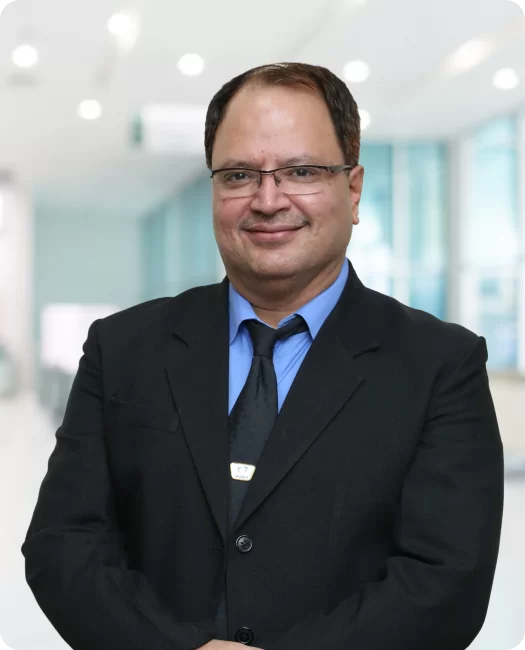Overview - About Device Closure of ASD/VSD/PDA
ASD, VSD, and PDA are congenital anomalies typically found in children but can also manifest for the first time in adults. Dr. Prakash Chandwani, a seasoned interventional cardiologist in Jaipur with over 25 years of expertise, specializes in treating diverse heart defects. His focus lies in procedures such as device closure of ASD, VSD, and PDA, as well as IVC filter implantation. Operating from his Cardiology hospital in Jaipur, Dr. Prakash Chandwani has successfully performed numerous device closure procedures to address various heart defects.
Traditionally, corrective surgery was the norm, but thanks to advancements in medical science, catheter procedures now allow cardiologists to close these defects without resorting to major open-heart surgery. This innovative technique is known as device closure of the defect.








